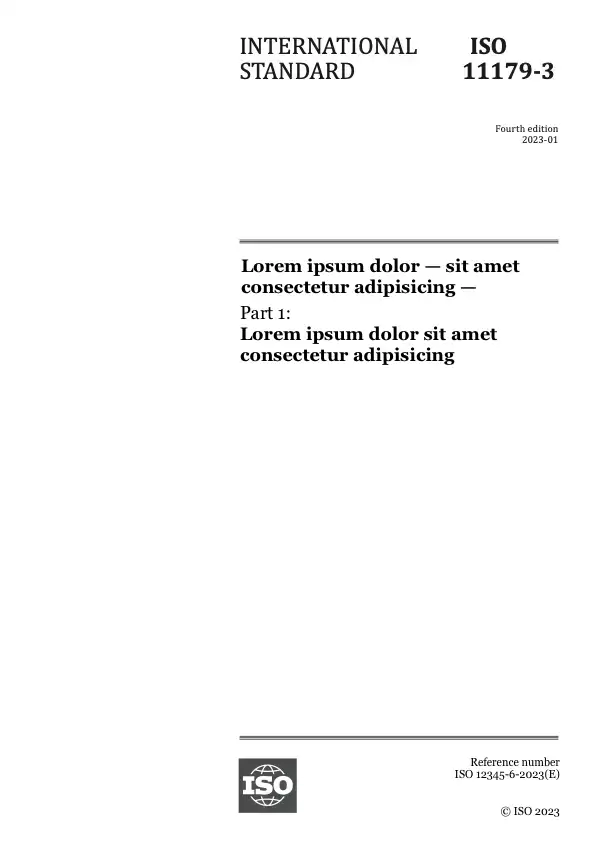Тезис
ISO 19141:2008 defines a method to describe the geometry of a feature that moves as a rigid body. Such movement has the following characteristics.
- The feature moves within any domain composed of spatial objects as specified in ISO 19107.
- The feature may move along a planned route, but it may deviate from the planned route.
- Motion may be influenced by physical forces, such as orbital, gravitational, or inertial forces.
- Motion of a feature may influence or be influenced by other features, for example:
- The moving feature might follow a predefined route (e.g. road), perhaps part of a network, and might change routes at known points (e.g. bus stops, waypoints).
- Two or more moving features may be “pulled” together or pushed apart (e.g. an airplane will be refuelled during flight, a predator detects and tracks a prey, refugee groups join forces).
- Two or more moving features may be constrained to maintain a given spatial relationship for some period (e.g. tractor and trailer, convoy).
ISO 19141:2008 does not address other types of change to the feature. Examples of changes that are not adressed include the following:
- The deformation of features.
- The succession of either features or their associations.
- The change of non-spatial attributes of features.
- The feature's geometric representation cannot be embedded in a geometric complex that contains the geometric representations of other features, since this would require the other features' representations to be updated as the feature moves.
Because ISO 19141:2008 is concerned with the geometric description of feature movement, it does not specify a mechanism for describing feature motion in terms of geographic identifiers. This is done, in part, in ISO 19133.
Preview
Вы можете ознакомиться с данным стандартом в нашей онлайн-библиотеке (OBP)
Общая информация
-
Текущий статус: ОпубликованоДата публикации: 2008-06Этап: Подтверждение действия между-народного стандарта [90.93]
-
Версия: 1
-
Технический комитет :ISO/TC 211ICS :35.240.70
- RSS обновления
Жизненный цикл
-
Сейчас
ОпубликованоISO 19141:2008
Стандарт, который пересматривается каждые 5 лет
Этап: 90.93 (Подтверждено)-
00
Предварительная стадия
-
10
Стадия, связанная с внесением предложения
-
20
Подготовительная стадия
-
30
Стадия, связанная с подготовкой проекта комитета
-
40
Стадия, связанная с рассмотрением проекта международного стандарта
-
50
Стадия, на которой осуществляется принятие стандарта
-
60
Стадия, на которой осуществляется публикация
-
90
Стадия пересмотра
-
95
Стадия, на которой осуществляется отмена стандарта
-
00
Появились вопросы?
Ознакомьтесь с FAQ
Работа с клиентами
+41 22 749 08 88
Часы работы:
Понедельник – пятница: 09:00-12:00, 14:00-17:00 (UTC+1)

